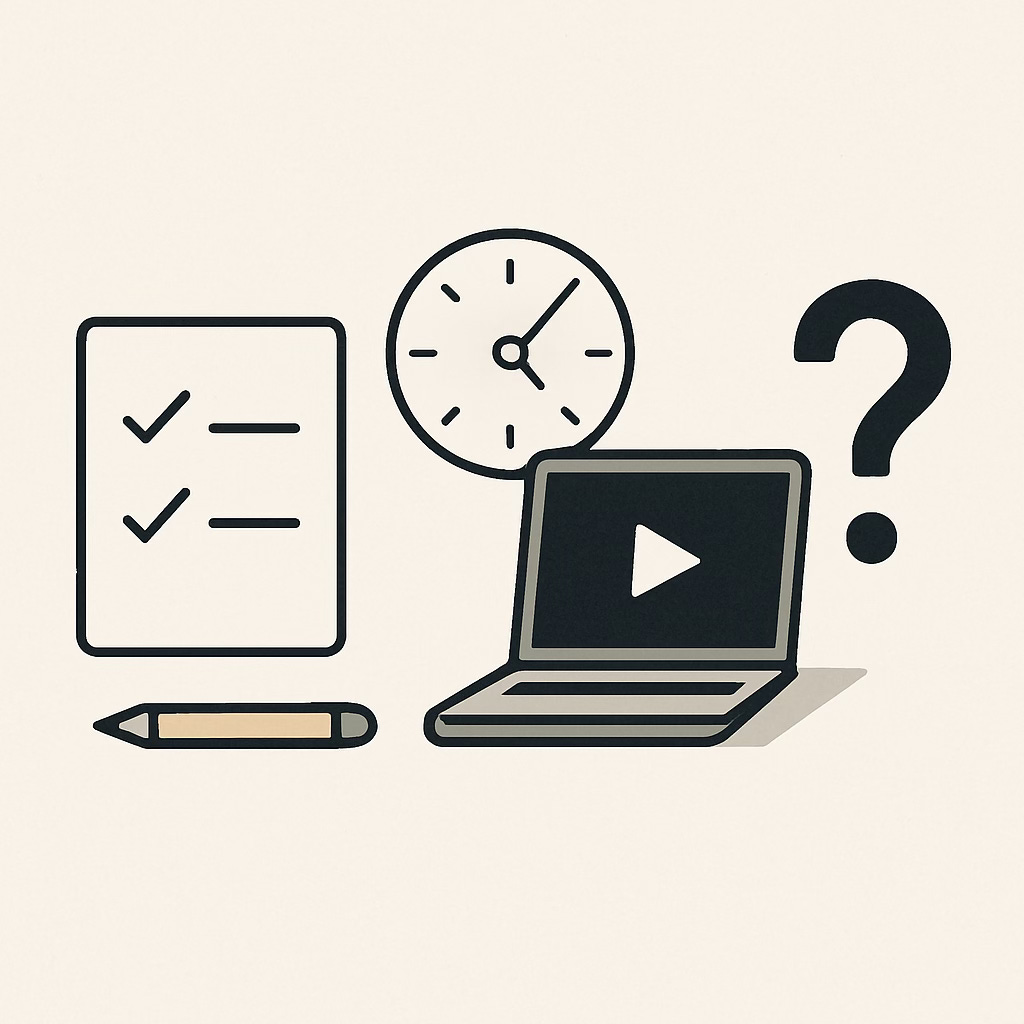The Lie of the "Perfect" Productivity System
Note to self: App hopping is procrastination
Yes, app hopping. That constant, nagging quest to find the “perfect” productivity system, the “ultimate” note-taking app, or the “best” task manager. I’ve spent days transferring notes, tweaking settings, and watching endless YouTube videos comparing tools. Why? Because I’ve fallen into the trap of the digital age, where our insecurities have been weaponized with infinite choice and infinite content. Every app promises to “unlock your potential,” and there’s always some productivity guru explaining why their system is a “Game Changer.” Maybe you’ve heard the term, “Building a Second Brain.”
It looks and feels like work. But it’s actually just procrastination in disguise.
The Endless Cycle of “What If…”
The “what if” is an insidious trick your mind plays to avoid the actual work. It whispers:
”What if there’s a better tool? This one is good, but that other one has a feature that could save me two minutes a day!”
”What if I’m not organizing effectively enough to scale up in the future?”
”What if I haven’t found an optimal workflow that finally turns me into a productivity machine?”
This kind of thinking convinces us that the key to success lies in the software, not in the effort. It’s a beautiful trap: we are actively “working” on our system, but we are actually just procrastinating on the real work. We imagine doing things, instead of actually doing them.
This happens because we’ve been conditioned to believe that optimization is always possible, that there’s always a better way just one YouTube tutorial away. The core struggle is the constant “what if.”
Deep Down, We Already Know
Here’s the truth that cuts through all the marketing hype and YouTube tutorials: No matter which tool(s) you choose to use, it will work.
Whether you use a simple checklist in a note, a dedicated task manager, or even a large combination of tools, the system’s effectiveness depends on one thing: You using it consistently, and you working with the tool(s) in the way that makes sense to YOU.
The goal of any productivity system is to get the ideas out of your head and turn them into action. Any app—even a blank sheet of paper—is perfectly capable of handling that initial transfer. The value of the tool diminishes rapidly once consistency enters the equation.
Consider geniuses of the past. The creators and writers who achieved greatness long before technology.
Did the great philosophers worry about file synchronization speed?
Did the most prolific authors need complex databases to synthesize their ideas?
Did Da Vinci stop painting to research the best way to categorize his ink sketches?
Nope. They accomplished everything they did with simple tools: notebooks, index cards, and their own processing power. Their genius was in the thought and the discipline, not the setup.
Today, we’re easily paralyzed by feature sets that offer diminishing returns. We concern ourselves over whether an app has this or that when the solution is far simpler: Just do the work.
Perpetual Preparation is Not the Work
Could you be missing out on a few things? Sure. Could another tool feel slightly more optimized? Maybe. But don’t let the pursuit of 100% stop you from achieving 90%.
Every minute spent worrying about the “best” app is a minute not spent writing, building, learning, or creating.
The people urging you to switch are probably optimizing for a problem you don’t have. If your system is working, then it is, by definition, the best system for you. You don’t need to create someone else’s workflow, because that’s their workflow.
I’ve gradually let go of unneeded complexity and stripped everything down to the simplest tools. The results? My actual output increased. Not because the tool was magic, but because I stopped spending my energy on the system and started spending it on the work itself.
Perfection is achieved, not when there is nothing more to add, but when there is nothing left to take away.
— Antoine de Saint-Exupéry
The Real Productivity Hack: Execution Over Optimization
Tinkering with our systems feels safer than using the system for the actual work we wish to do. Setting up the “perfect” note-taking structure is concrete and achievable. Writing a book, launching a business, learning a skill, these are hard, uncertain, and vulnerable. So we stay in setup mode, convincing ourselves we’re being responsible and thorough, when really we’re just scared.
My goal is not to have the best system on the internet. My goal is to do things. Period.
The real productivity hack? There isn’t one. There’s only the work, and the willingness to sit down and do it with whatever imperfect tools I already have.
We should take comfort in the effectiveness of our current tools. We don’t need to optimize. We need to execute. At the end of the day, a “second brain” is just a first distraction.
And if I catch myself about to click a YouTube video with an emotionally charged thumbnail telling me my current system is “all wrong,” I’ll just recognize it for what it is: a distraction. I’ll close the browser, and get back to the work I was avoiding.



I've definitely been caught in the trap before, and you are so right, it's just another form of procrastination. Great insight!
This really hits. It’s wild how much time we waste chasing the “perfect” setup when the real work is just… doing the work. Loved the reminder that simplicity and consistency beat optimization every time.✨